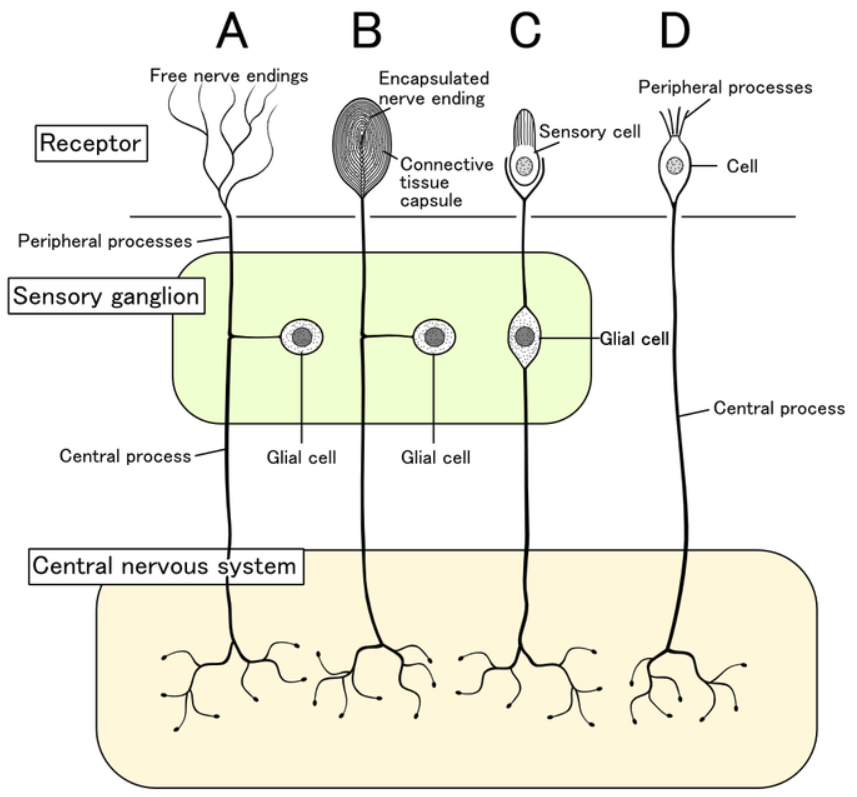Difference between revisions of "User:WikiSysop/Information Model"
| Line 34: | Line 34: | ||
*[[Property:has:Surface|has:Surface]] | *[[Property:has:Surface|has:Surface]] | ||
}} | }} | ||
{{Hierarchy|End|1|a:Referent}} | |||
<br style='clear:both'/> | |||
{{Hierarchy|Start|1|a:Referent}} | |||
{{Hierarchy||2|a:Context|}} | {{Hierarchy||2|a:Context|}} | ||
{{Hierarchy|End|1|a:Referent}} | |||
{{Hierarchy|Start|1|a:Referent}} | |||
{{Hierarchy||2|a:Paradigm}} | {{Hierarchy||2|a:Paradigm}} | ||
{{Hierarchy|End|1|a:Referent}} | |||
{{Hierarchy||2|a:Structure|}} | |||
{{Hierarchy|Start|1|a:Referent}} | |||
{{Hierarchy||2|a:Quality|}} | |||
{{Hierarchy|End|1|a:Referent}} | |||
{{Hierarchy|Start|1|a:Referent}} | |||
{{Hierarchy|Start|2|a:Structure|It is common practice to describe structure at a series of hierarchical levels, called primary, secondary, tertiary, and quaternary structure. (2) (ecology) A network or a hierarchy of interrelated parts of a system. topology, differential structure, incidence structure. A topological space is a set endowed with a structure, called a topology, which allows defining continuous deformation of subspaces, and, more generally, all kinds of continuity. Euclidean spaces, and, more generally, metric spaces are examples of a topological space, as any distance or metric defines a topology. | |||
}} | |||
{{Hierarchy||3|a:Circle|}} | |||
{{Hierarchy||3|a:Hierarchy|}} | |||
{{Hierarchy||3|a:Rectangle|}} | |||
{{Hierarchy||3|a:Square|}} | |||
{{Hierarchy||3|a:Triangle|}} | |||
{{Hierarchy|End|2|a:Structure|}} | |||
{{Hierarchy|End|1|a:Referent}} | |||
{{Hierarchy|Start|1|a:Referent}} | |||
{{Hierarchy||2|a:Surface|}} | {{Hierarchy||2|a:Surface|}} | ||
{{Hierarchy|End|1|Referent|}} | {{Hierarchy|End|1|Referent|}} | ||
Revision as of 11:25, 12 December 2022
The Best Practices Wiki Information Model
The Best Practices Wiki Information Model is fundamental to identify (a) semantic tags to markup Best Practices essays (b) semantic classes for Practice, Policy, Procedure and Process models, of prime interest (c) classes for Act, Action, Activity and Task that are the detailed enumerated steps for a "method" that achieves a particularly useful objective.
Related Open Source
mw:Extension:SemanticTasks: provides email task notifications and reminders whose model is centered on assignment of Users to Tasks.
References
- [https:\\kissflow.com/workflow/bpm/business-process/ The Extensive Guide to Business Processes]
- ERP Readiness Series: The Four Core Processes Every Business Should Document
Referents
Partitive Classes
Taxonomic Classes
Topic classes
Subject Classes
Topic Annotation (Tags)
Linguistic Classes
Instance References
Instance Referents
{{Category:Tag <br/>|rdfs:subclassOf=Reference <br/>|name= <br/>|id= <br/>|label= <br/>|path= <br/>|timestamp= <br/>|@category:name }} <!-- {{Hierarchy|Start|2|skos:Concept|https://www.w3.org/2004/02/skos/}} {{Hierarchy|End|2|Gender|skos:Concept}} -->
Determiners include articles (a, an, the), cardinal numbers (one, two, three...) and ordinal numbers (first, second, third...), demonstratives (this, that, these, those), partitives (some of, piece of, and others), quantifiers (most, all, and others), difference words (other, another), and possessive determiners (my, your, his, her, its, our, their).

